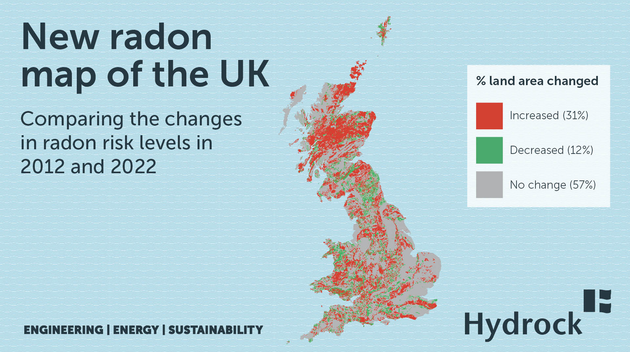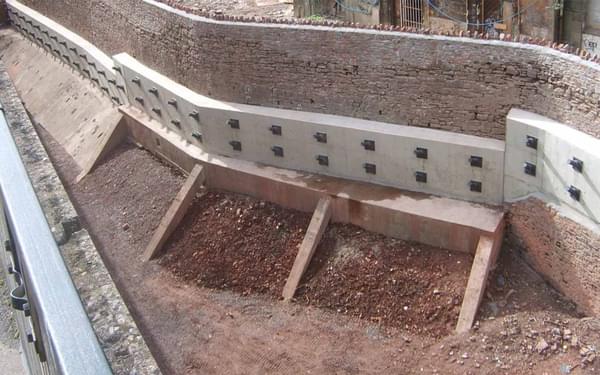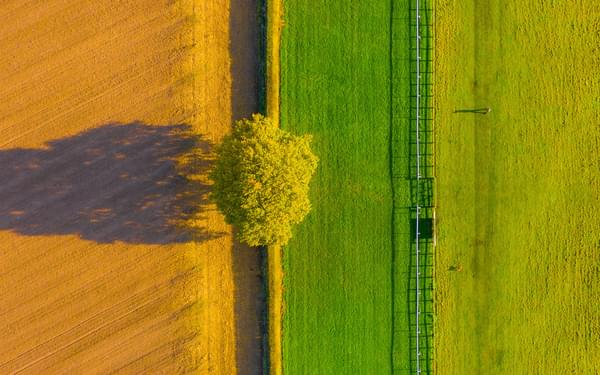
In December 2022, the UK Health Security Agency (UKHSA) and the British Geological Survey (BGS) published an updated radon* map for the first time in 10 years. A product of years’ worth of new analysis and research, the output combines the latest geological mapping with one of the largest databases of in-home measurements ever compiled.
However, the update was issued omitting some key data: it did not illustrate the changes between the newly updated radon map and the old radon map, which we believe is critical to understanding the implications.
Hydrock’s Geotechnical and Innovation Delivery teams have undertaken data analysis to compare the old and new maps. Using the British Geological Survey's open-source data and our in-house GIS software, Webmap, we were able to produce comparison maps that illustrate exactly where the radon risk has increased, where the radon risk has decreased, and where the radon risk stayed the same.
The result enables Hydrock to rapidly advise clients on changes to radon risk levels and building protection requirements.
“By our calculations, 31% of the UK land area has increased in risk and 12% has decreased as a result of this update. ”
The implication of changed radon risks for developers
Developers now face a situation where radon risk has changed mid-development. This means foundation designs need to be reconsidered for buildings pre-construction, and radon protection measures potentially retrofitted to constructed buildings.
Hydrock’s Webmap tool allows staff across the business to access this data in real time. This will allow us to schedule more detailed, site-specific assessments where required.
Contact Simon Cole if you would like to discuss the impact on your development.
Radon is a naturally occurring radioactive gas present in the ground. It is as a result of the radioactive decay of small amounts of uranium, and more rarely, thorium, in soils and rocks across the UK. Radon is one of our principal geohazards. The amount of radon present depends on the geology of a location, and so our exposure to radon varies significantly depending on where we live.











